Enchanted by the Moon: Why Does the Moon Shine?
11th Apr 2024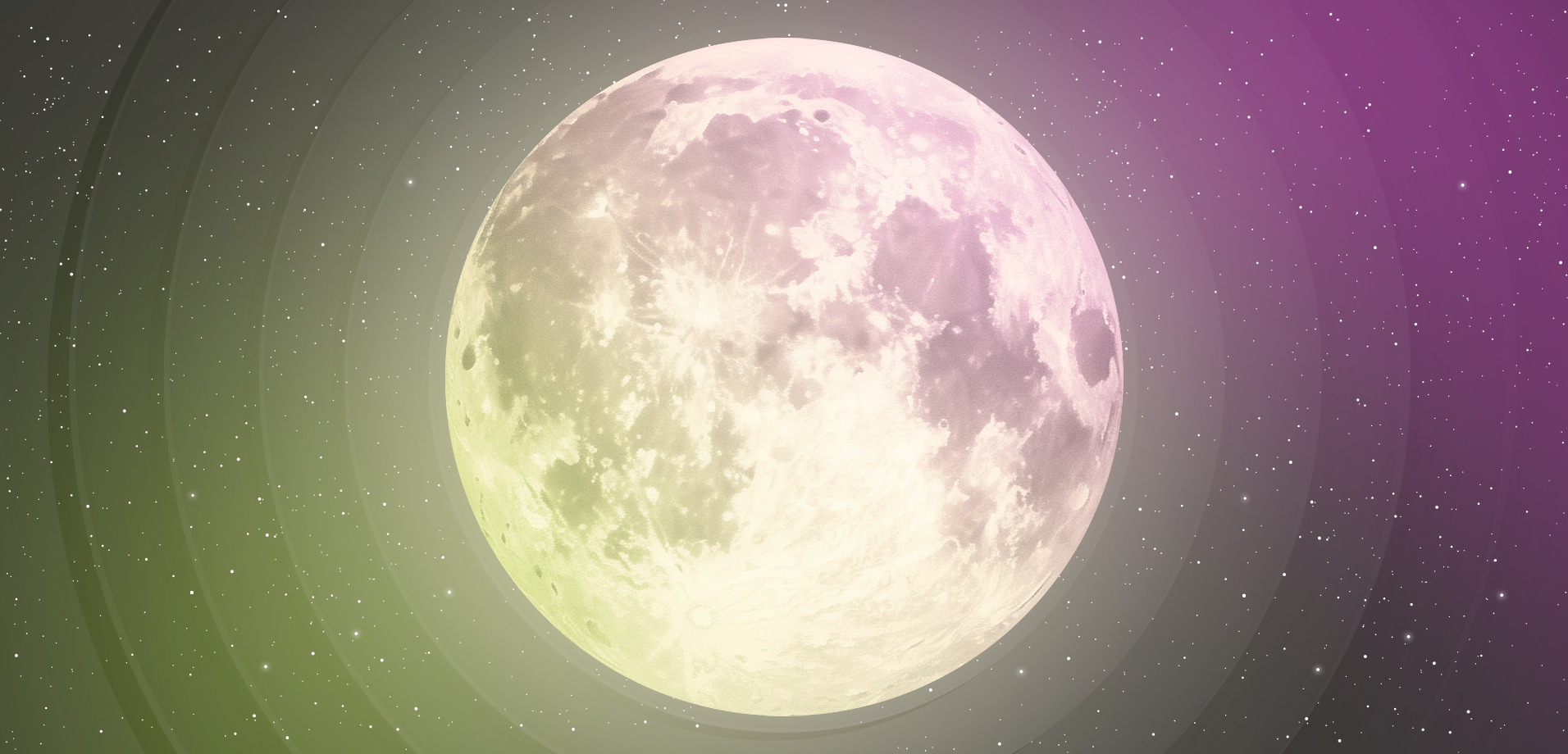
The Moon is our nearest celestial neighbour and the only natural Earth satellite. Today, we know almost everything about it and are even about to colonise it, but despite this, it never ceases to fascinate us with its mysterious glow in the night sky, inspiring poets, artists and scientists. What makes the Moonshine, and why does moonlight take on different colours? In this article, we will try to unravel the mysteries of this glow.
What Causes The Moon To Glow?
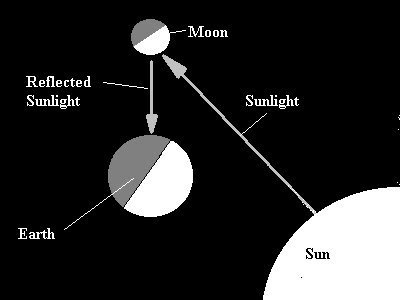
The Moon is not a source of light; it only reflects the light of the Sun. In other words, if the sun’s rays did not fall on the lunar surface, it would look dark and grey, which, in essence, it is. Why is that? The Moon is a satellite of the Earth, and as we know from the initial astronomy course, not a single celestial body other than stars, be it a planet, satellite, asteroid or comet, emits its own light but only reflects the light of the stars.
Why Does The Moon Glow Up At Night?
In fact, our satellite reflects the light of the Sun, both day and night. But during the day, it is almost invisible due to the brightness of the sunlight that illuminates our planet. The light reflected from the lunar surface is simply lost in it, and our satellite resembles a pale shadow. This happens because the Earth’s atmosphere acts like a prism, bending and scattering light. Air molecules have different wavelengths and are arranged randomly. At the same time, short-wavelength colours (blue and violet) are scattered more than long-wavelength colours (red and orange), so the sky appears blue to us during the day. With the onset of night, the Sun hides behind the horizon, and the Sun’s rays stop illuminating one side of the planet, but they still fall on the Moon. This gives us the answer to the question of why the Moon glows in the night sky.
Why Does The Moon Look Bright?
Sometimes, our satellite seems brighter than usual; sometimes, on the contrary, it is completely dim. A number of factors influence the change in its brightness:
- albedo;
- distance from the Moon to Earth;
- lunar phases;
- eye sensitivity to bright objects.
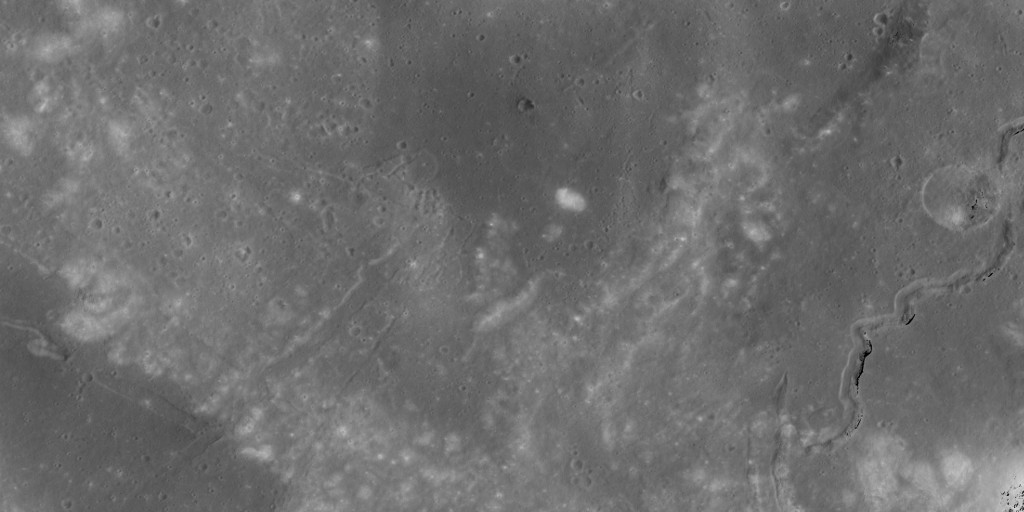
Albedo is a reflective characteristic that explains what causes the Moon to shine and how bright it shines. Our satellite’s albedo is typically between 7 and 12%, meaning that no more than 12% of the sunlight falling on the lunar surface is reflected into space. This is a relatively low albedo compared to other objects in our solar system. For example, the albedo of Earth is about 30%, Venus is about 75%, and Saturn’s moon Enceladus is as much as 99%! But neither Venus nor Enceladus lights up our night sky as brightly as our closest neighbour. Why does the Moon glow so bright?
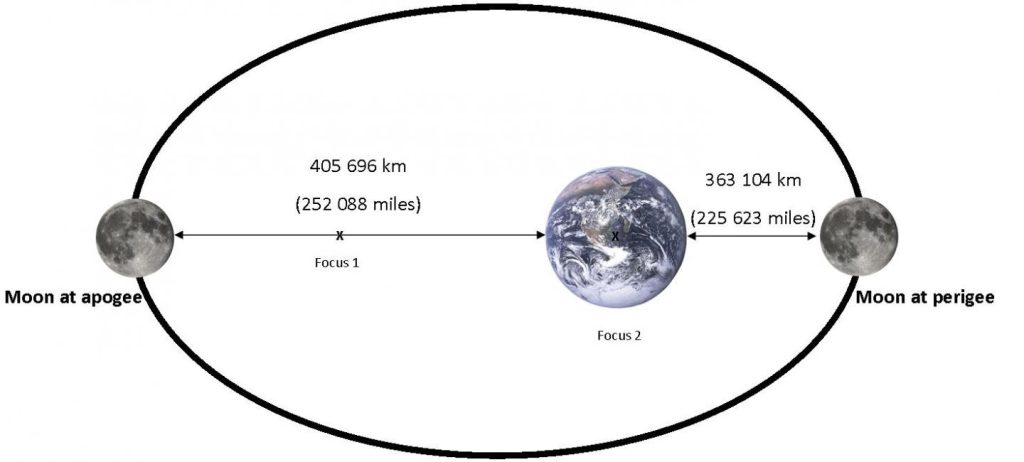
The Moon is the closest object to Earth (only 384,400 km, which by cosmic standards is like going to the store across the street). It appears to us much larger and brighter in our sky than other objects. This can be explained by the “inverse-square law.” It states that the intensity of a light or sound source decreases in proportion to the square of the distance from the source. This means that if our satellite were twice as far from us as it is now, its brightness would decrease by a factor of four, making it much dimmer in our sky.
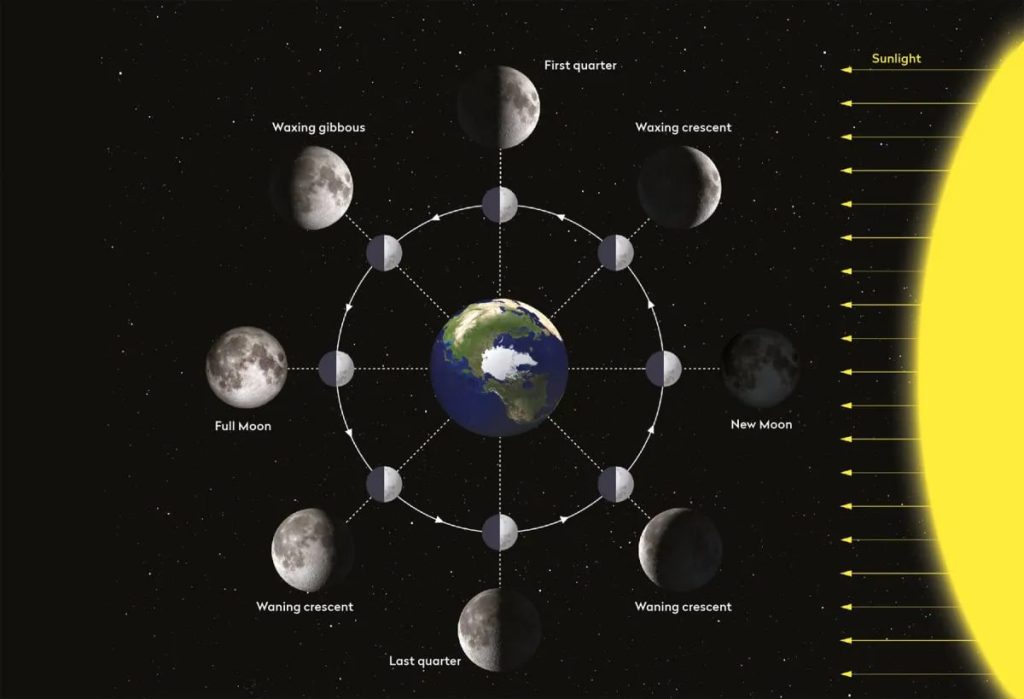
The next reason why the Moon lights up differently is the change in its position relative to the Earth and the Sun, which we call lunar phases. The four main phases are new, waxing, full, and waning moon. Each phase is characterized by the amount of visible lunar surface that is illuminated by the Sun. Here’s what happens during each lunar phase:
- During the new phase, our satellite will be between the Earth and the Sun, and its visible surface will not be illuminated.
- During the waxing phase, the area of the illuminated surface of the satellite increases.
- During a full phase, the Moon is on the opposite side of the Earth relative to the Sun, and its visible surface is fully illuminated.
- During a supermoon (when the moon is at its closest point to Earth in its orbit), its brightness can increase by 20% compared to a normal full moon.
- During the waning phase, the illuminated lunar surface decreases.
And finally, the last factor that makes the Moon shine bright is how our vision and brain process light. In the dark, our eyes are more sensitive to bright objects due to contrast, so at night, our satellite appears brighter than at dusk, and for the same reason, it becomes almost invisible during the day.
How Does The Moon Reflect Light If It Is A Rock?
The Moon is indeed rocky and dark due to the high basalt content in its composition, but why does it not have zero albedo then? After all, it is established that the darker the body, the less light it reflects. There are several reasons. Some lunar rocks are lighter than others and, therefore, reflect more light. In addition, the lunar surface has many craters, hills, valleys and reefs that create irregularities and shadows. These irregularities reflect light at different angles, depending on the position of the Moon relative to the Sun and Earth. Finally, the lunar regolith (the loose soil that covers the entire surface and reaches a thickness of 10 feet in the seas and up to 66 feet in the highlands) contains glass, which is highly reflective. Taken together, all these conditions create a lunar albedo of up to 12%.
Why Does The Moon Have A Blue Glow?
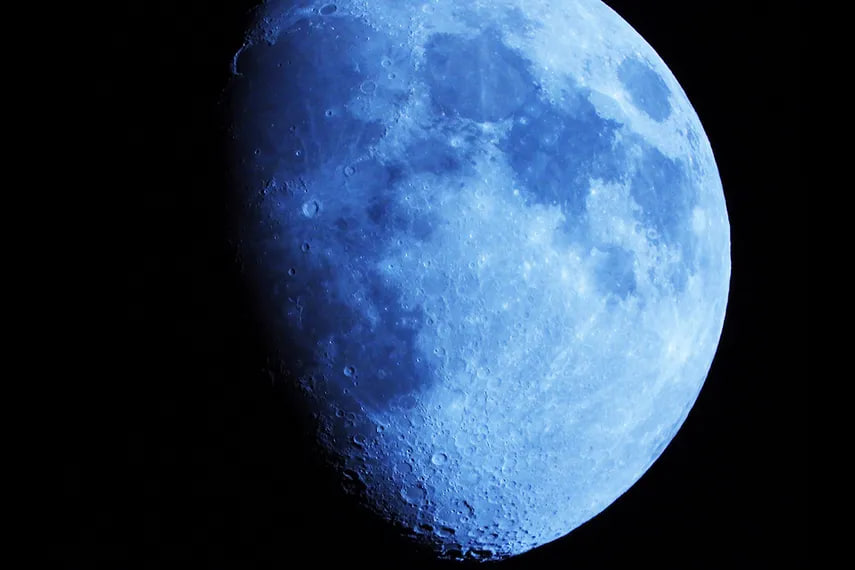
Our satellite takes on a bluish tint on rare occasions when there is a lot of dust or smoke in the Earth’s atmosphere that scatters sunlight. This makes moonlight appear bluish to us since blue has a short wavelength and is more scattered than red. As is the case with the blue tint of the sky, which we already mentioned above. But the concept of a Blue Moon should not be confused with an optical effect. You can read why and when the Moon is called blue in our separate article.
Why Does The Moon Have A Reddish Glow?
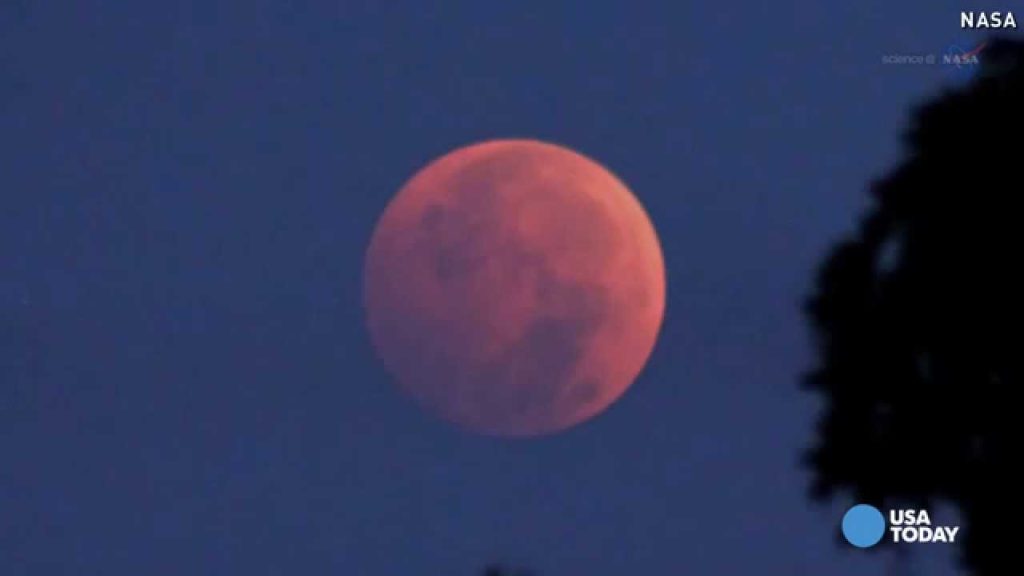
It acquires a red tint during a total lunar eclipse when the Earth is between the Sun and the Moon on the same line, completely obscuring the Sun’s light from the Moon. Only light from the red part of the spectrum reaches it, and the rest is absorbed by the Earth’s atmosphere. The phenomenon when our closest neighbour turns red is commonly called the Blood Moon, and we suggest that you read our article on this fascinating topic. You will discover many interesting things.
Why Is Moonlight So Important To Science?
Moonlight is not only beautiful but also scientifically useful. It is no secret that our satellite influences the Earth; therefore, by studying how the Moon is illuminated, we acquire unique information about our own planet, other celestial bodies, and space in general. Here are some examples of how moonlight helps science.
Moonlight Helps Measure The Distance Between The Earth And The Moon
Scientists use laser rangefinders to send beams of light to the lunar surface and measure the time it takes for them to return. The Moon has special mirrors called lunar retroreflectors, which astronauts installed during the Apollo missions. These mirrors reflect laser light back to Earth, allowing scientists to determine the distance between two bodies accurately.
Analysing Moonlight Helps Study Moon Surface
Scientists analyse the spectrum of moonlight to determine the chemical composition of lunar rocks and minerals. Spectrum is the breakdown of light into different colours or wavelengths. Each element has its own unique spectrum, which can be used as a fingerprint. By studying the spectrum of moonlight, scientists can learn what the Moon is made of and compare it to other objects in the solar system.
Moonlight Helps Study Solar Activity
Scientists watch lunar eclipses to study the solar corona, the outer layer of the Sun’s atmosphere, which is very hot and emits powerful streams of charged particles. During a lunar eclipse, the solar corona becomes visible around the dark moon, and scientists can measure its shape, brightness, colour, and magnetic field. This helps to understand how the Sun affects the Earth and other planets.
Enchanted by the Moon
The Moon has been our constant companion for many thousands of years, and its presence in the sky may seem like a boring routine for many of us. But now that you know what makes the Moon shine, we hope you will look at it from a new angle and be fascinated by it again. After all, there is nothing more bewitching and romantic in the night sky than moonlight. Don’t you agree?
References and Additional Information:
- Does the Moon Make It’s Own Light https://www.lpi.usra.edu/education/lprp/content/people/pdfs/Investigate_Moon_Phases.pdf
- What is Moonlight? https://science.nasa.gov/moon/moonlight/
- Albedo definition. NASA Glossary https://cneos.jpl.nasa.gov/glossary/albedo.html
- Moon Fact Sheet https://nssdc.gsfc.nasa.gov/planetary/factsheet/moonfact.html
- The Lunar Palette: Understanding the Different Colors of the Moon https://starlust.org/what-color-is-the-moon/
- How to Measure the Distance to the Moon https://earthhow.com/how-to-measure-the-distance-to-the-moon/
![Beauty of the Pink Moon And Lyrid Meteor Shower in This Week’s Best Astrophotos [19-26 April] Beauty of the Pink Moon And Lyrid Meteor Shower in This Week’s Best Astrophotos [19-26 April]](https://orbitaltoday.com/wp-content/uploads/2024/04/Pink-Moon-is-on-its-way-above-the-mountains-1-300x300.jpg)
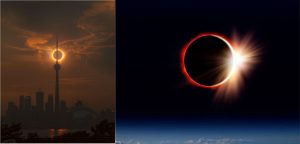

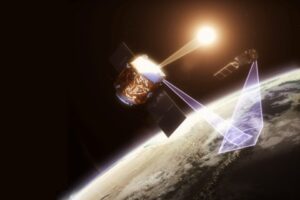


Thank you for your comment! It will be visible on the site after moderation.